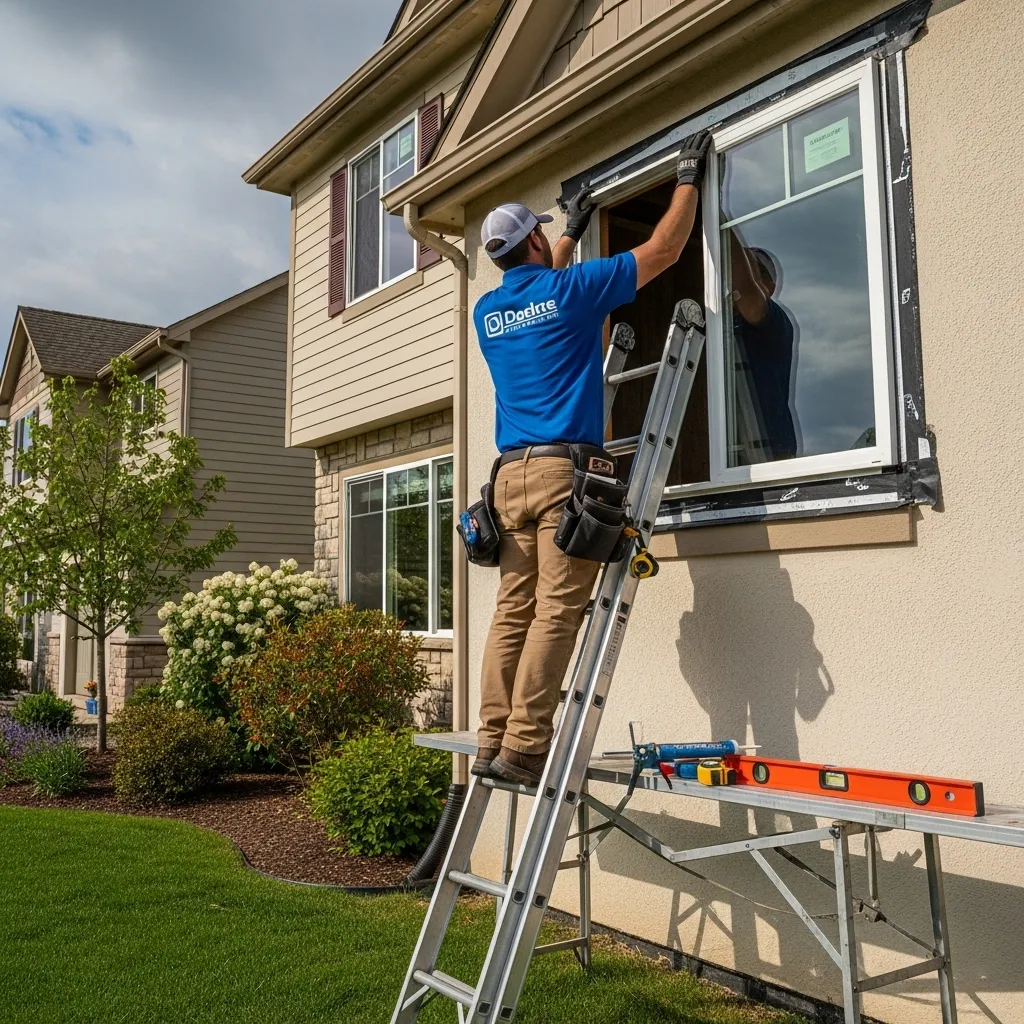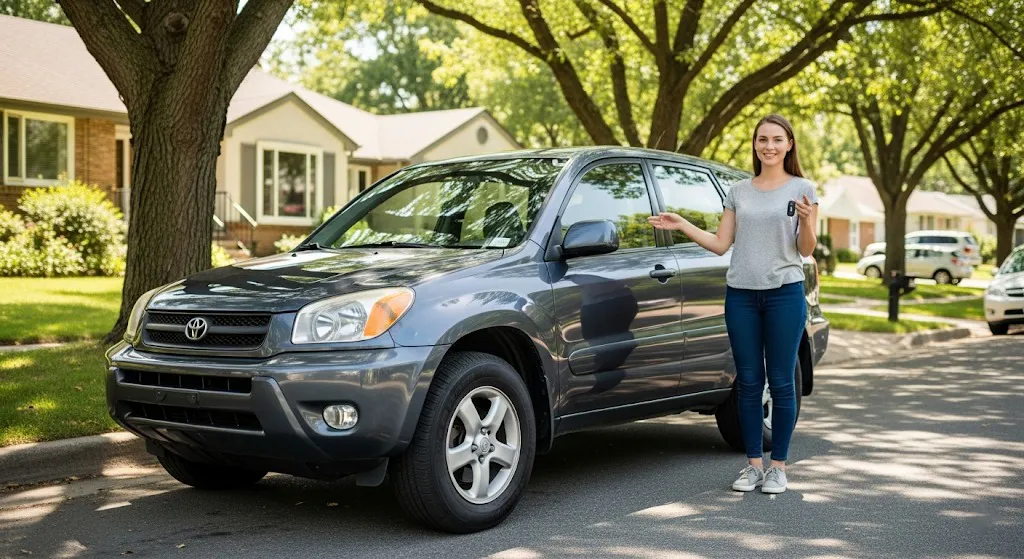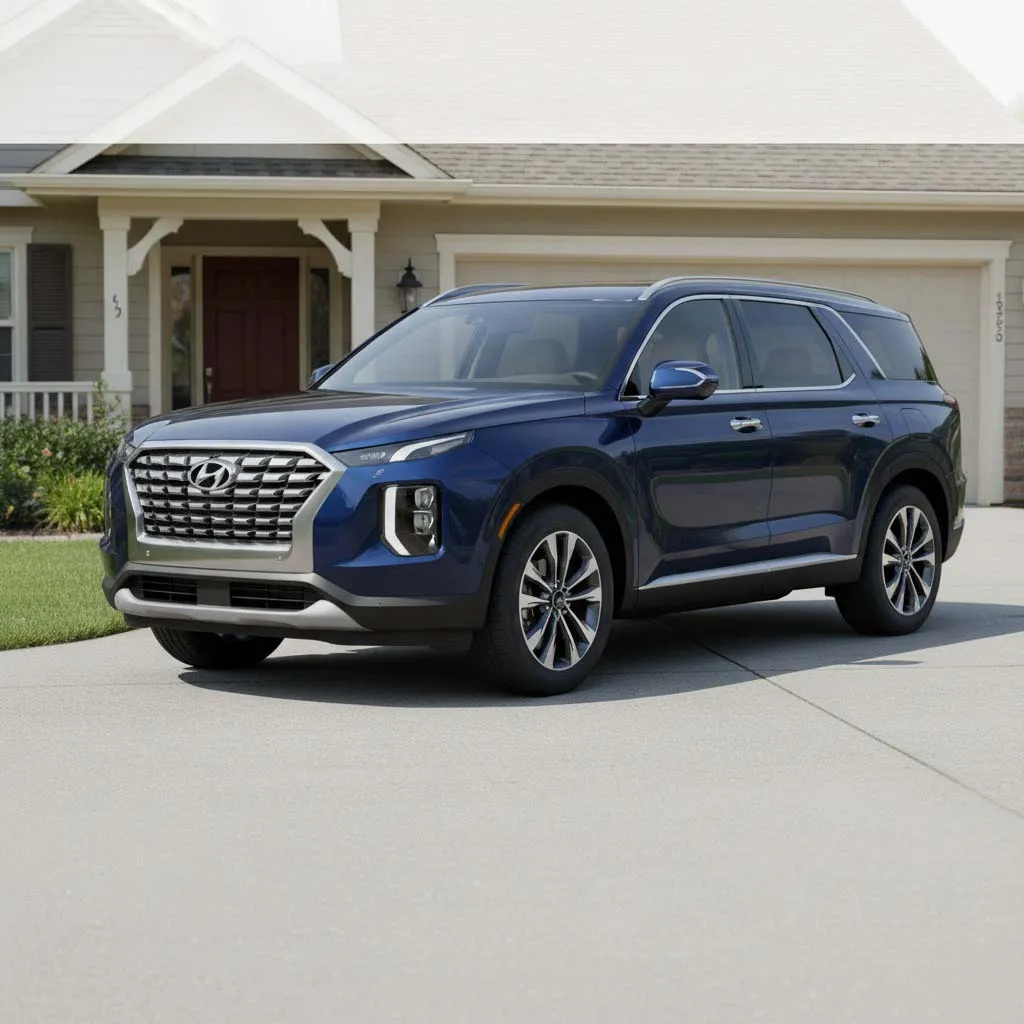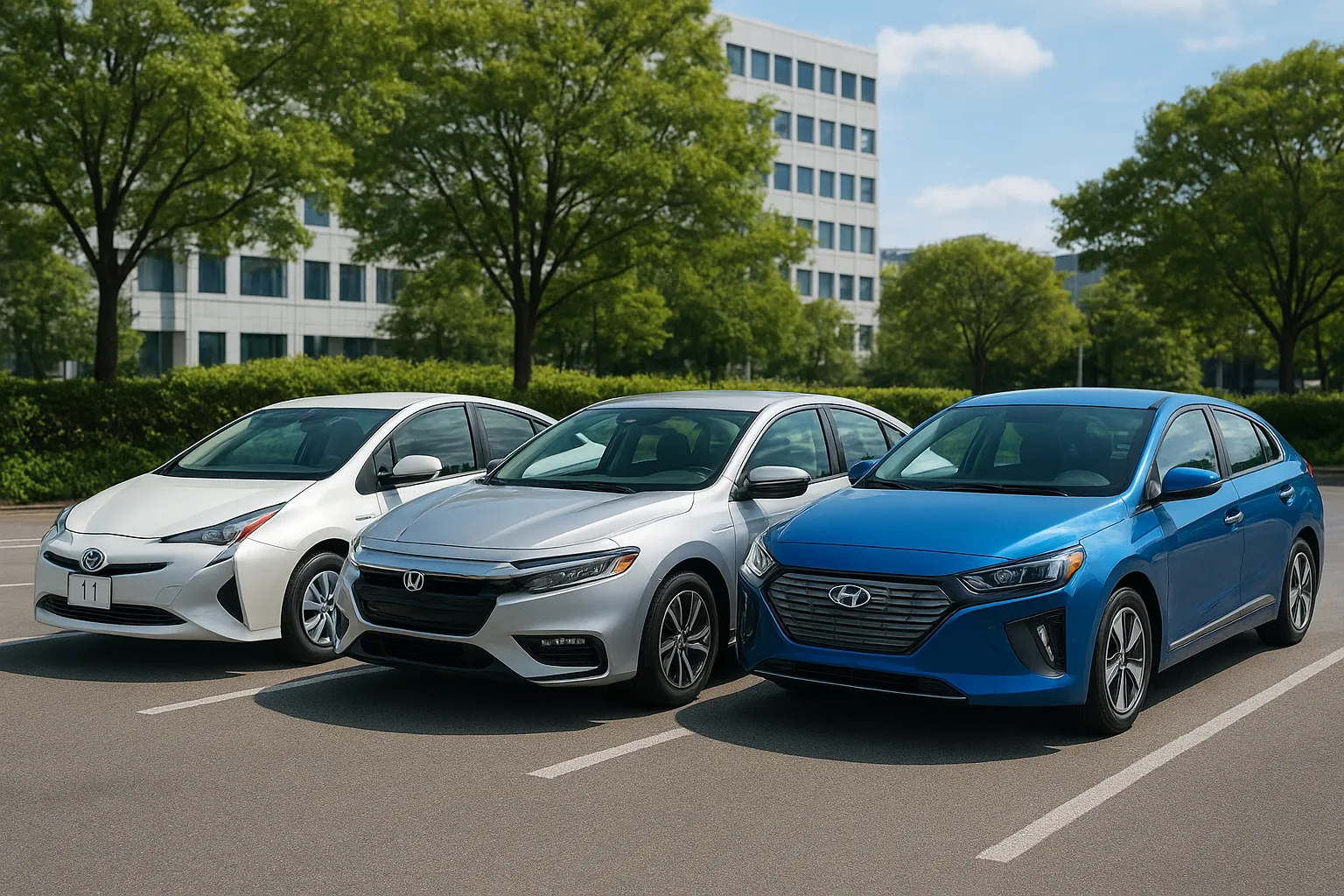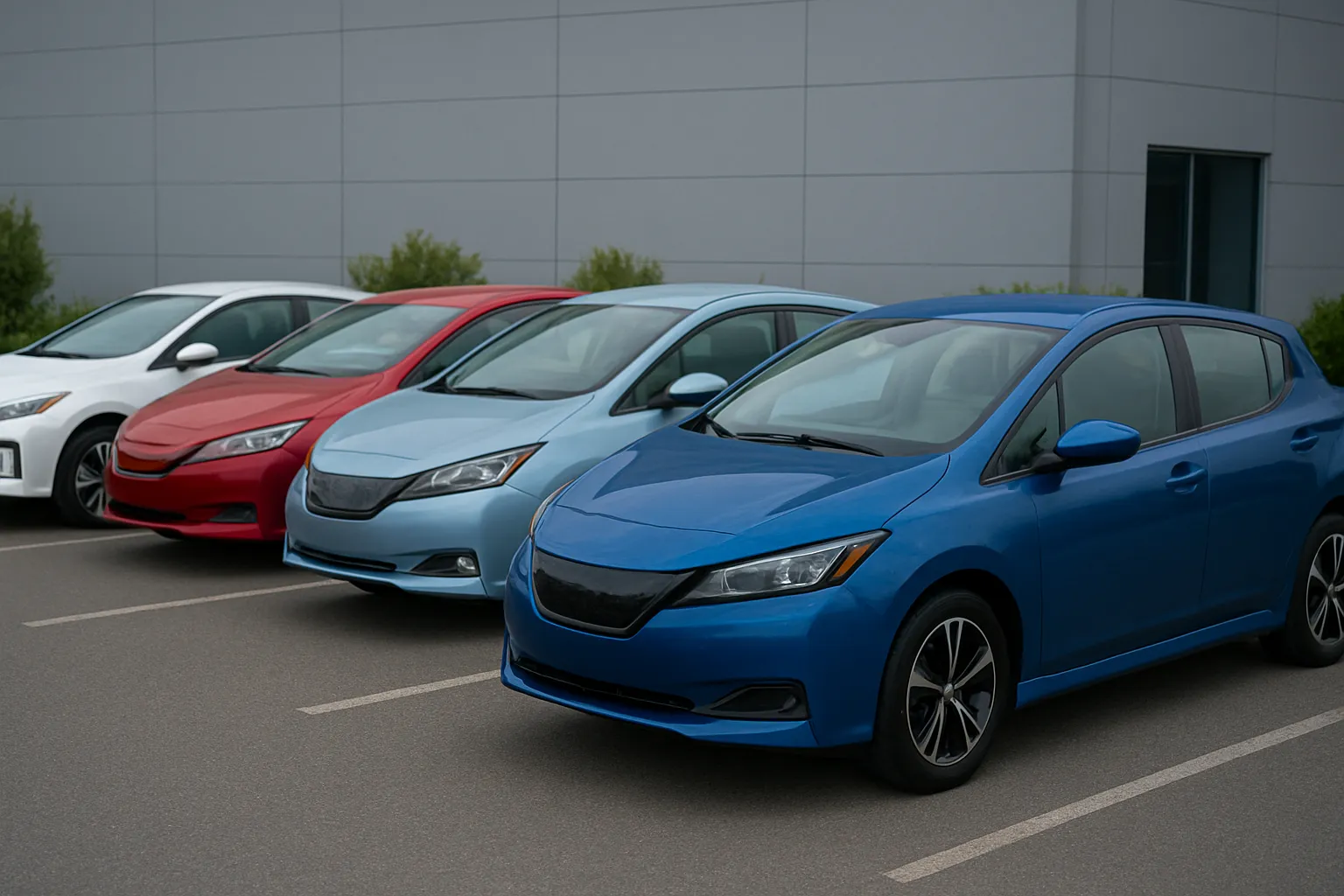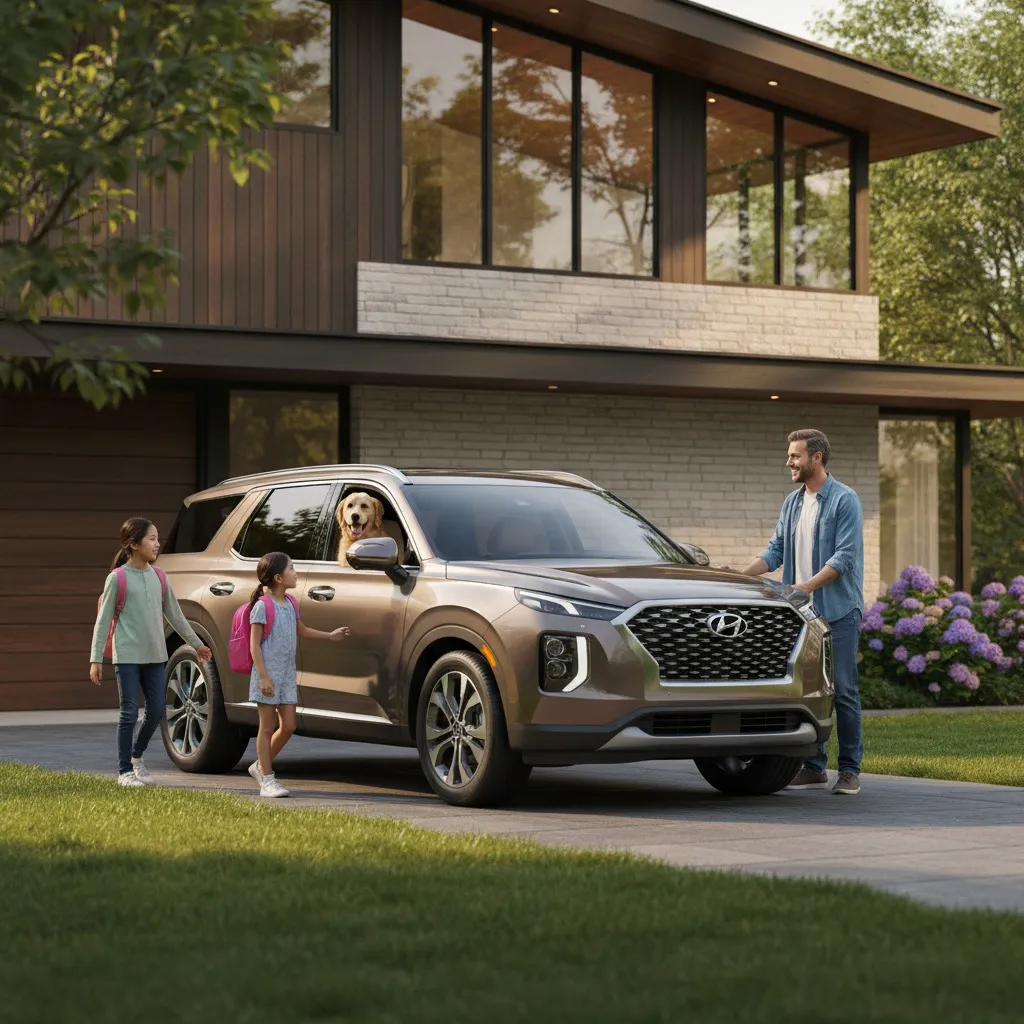Certified Pre-Owned Cars vs. Used Cars
When shopping for a car in 2025, one of the biggest decisions buyers face is whether to choose certified pre-owned cars or standard used cars. At first glance, both categories seem similar - they are vehicles previously owned by someone else. However, there are key differences in terms of warranty, price, quality, and peace of mind.
This article breaks down the details of certified pre-owned (CPO) cars vs. used cars, helping you decide which option is best for your budget and lifestyle.
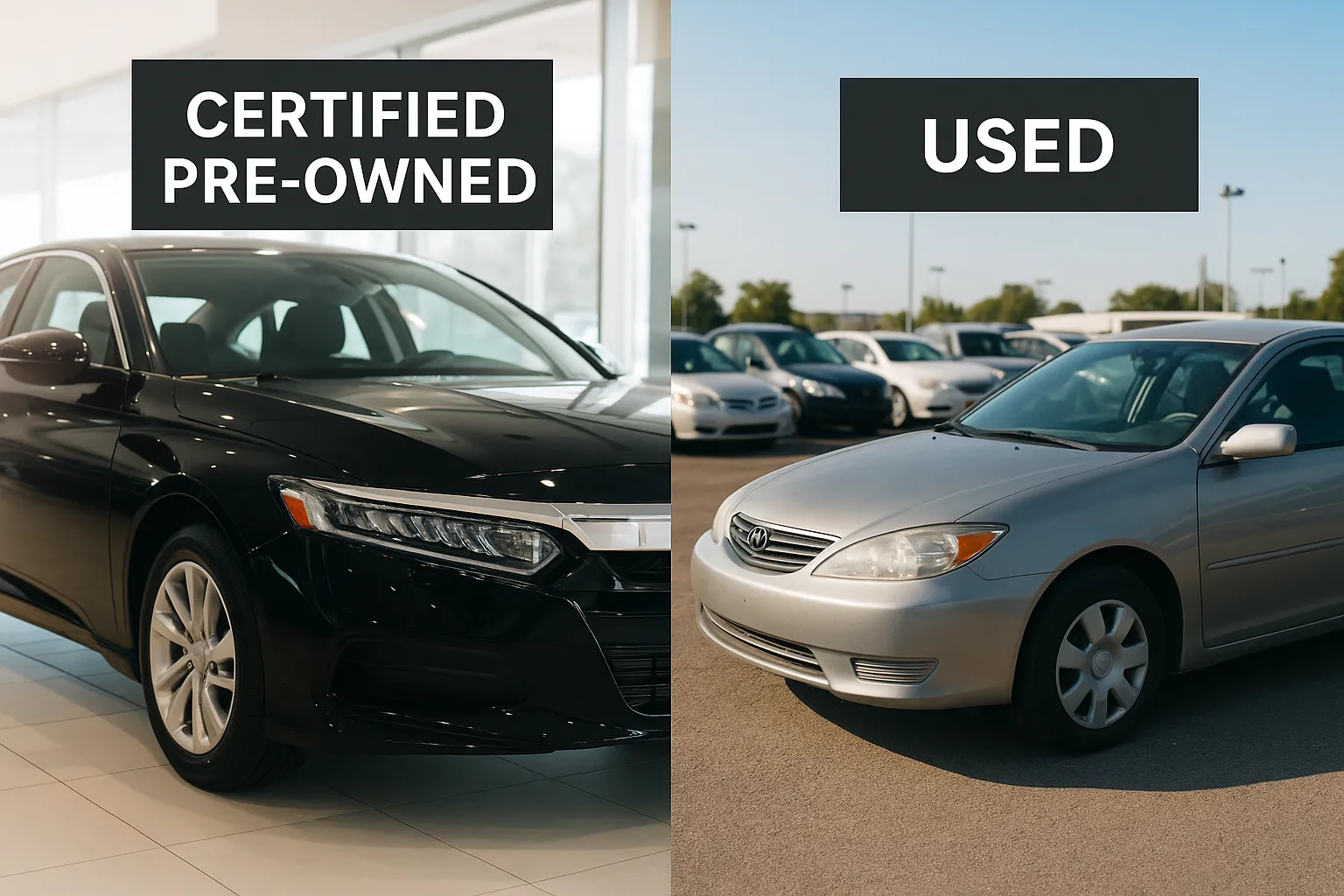
What Are Certified Pre-Owned Cars?
Certified pre-owned cars are used vehicles that have gone through a manufacturer-backed inspection and certification process.
Key Features of CPO Cars
- Thorough inspection (often 100–200 points).
- Extended warranty beyond the original coverage.
- Low mileage requirements (typically under 60,000 miles).
- Reconditioning to meet manufacturer standards.
Benefits
These vehicles give buyers confidence because they meet strict criteria and often include perks like roadside assistance and special financing.
What Are Standard Used Cars?
Unlike CPO vehicles, used cars are simply pre-owned vehicles sold “as-is.”
Characteristics of Used Cars
- Typically sold by private owners or independent dealers.
- No certification or warranty guarantee.
- Price varies widely depending on mileage, condition, and age.
Pros and Cons
While used cars are cheaper upfront, they carry more risk. Buyers must be diligent in inspecting the vehicle, checking maintenance history, and possibly hiring a mechanic before purchase.
Key Differences: Certified Pre-Owned vs. Used Cars
When comparing certified pre-owned cars vs. used cars, several differences stand out.
H3: Inspection and Quality
- CPO cars undergo rigorous inspections.
- Used cars may not be inspected beyond a dealer’s basic check.
H3: Warranty Coverage
- CPO cars come with manufacturer-backed warranties.
- Used cars are usually sold without warranties unless purchased separately.
H3: Price
- CPO cars are more expensive due to added benefits.
- Used cars are more affordable but come with higher risks.
Pros of Buying Certified Pre-Owned Cars
CPO cars are often considered the “middle ground” between new and used cars.
Advantages
- Peace of mind thanks to inspections and warranties.
- Newer models with low mileage.
- Better financing options through dealerships and manufacturers.
Who Should Buy CPO Cars?
Buyers who value reliability, safety, and warranty coverage often choose certified pre-owned cars.
Pros of Buying Standard Used Cars
For budget-conscious shoppers, used cars provide affordability and flexibility.
Benefits
- Lower prices compared to both CPO and new cars.
- More variety in makes, models, and years.
- Potential to negotiate better deals with private sellers.
Who Should Buy Used Cars?
Drivers who don’t mind extra research, inspections, and taking on some risk usually prefer used cars.
Cost Comparison: CPO vs. Used Cars
One of the most important factors in the certified pre-owned vs. used cars debate is cost.
H3: Purchase Price
- A CPO car can cost 20–30% more than the same model sold as a standard used car.
- For example, a used Toyota Camry might cost $18,000, while a CPO Camry could be priced at $22,000–$24,000.
H3: Long-Term Costs
- CPO cars may reduce repair costs because of warranties.
- Used cars may require higher maintenance expenses if issues arise.
Reliability and Peace of Mind
Reliability plays a major role in the CPO vs. used car decision.
Certified Pre-Owned Cars
- Buyers get confidence that the car has passed strict testing.
- Additional warranty coverage protects against unexpected repairs.
Used Cars
- Risk depends heavily on the car’s maintenance history.
- No guarantees unless you purchase a third-party extended warranty.
Financing and Insurance Differences
Another major factor when choosing between certified pre-owned cars vs. used cars is how lenders and insurance companies view them.
Financing
- CPO cars often qualify for special financing programs from manufacturers.
- Used cars may have higher interest rates due to perceived risk.
Insurance
- Insurance premiums for CPO cars can be higher because of the higher purchase price.
- Used cars often have lower premiums since they cost less to replace.
How to Decide Between CPO and Used Cars
Making the right choice depends on your priorities, budget, and driving needs.
Choose CPO If:
- You want peace of mind with warranties.
- You can afford a slightly higher price.
- You plan to keep the car for many years.
Choose Used If:
- Your top priority is a low upfront cost.
- You are comfortable taking on more risk.
- You only need the car for short-term use.
Tips for Buying Both Types of Cars
No matter which option you choose, always take steps to ensure you’re making a smart investment.
H3: For Certified Pre-Owned Cars
- Compare CPO programs from different manufacturers.
- Look for added benefits like free maintenance or roadside assistance.
H3: For Used Cars
- Get a vehicle history report (Carfax, AutoCheck).
- Hire a trusted mechanic to perform a pre-purchase inspection.
- Check mileage and service records carefully.
Conclusion
When it comes to certified pre-owned cars vs. used cars, the choice depends on your financial situation and comfort level with risk.
- Certified pre-owned cars cost more, but they offer warranties, reliability, and peace of mind.
- Used cars are cheaper upfront, but they require more research and come with potential risks.
If you value security and plan to drive the car long-term, a CPO car might be worth the investment. However, if you’re looking for the most affordable option and are willing to put in the effort to research and inspect, a used car could save you thousands.
In the end, both options can be smart buys in 2025 - what matters most is choosing the one that aligns with your budget, needs, and long-term goals.


